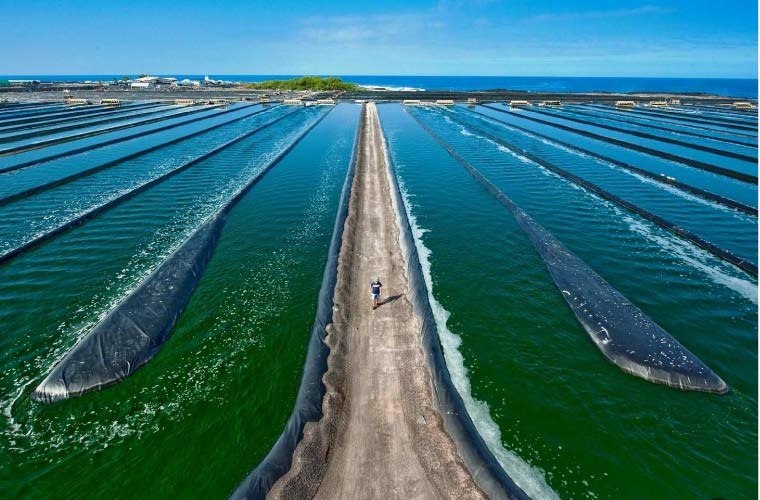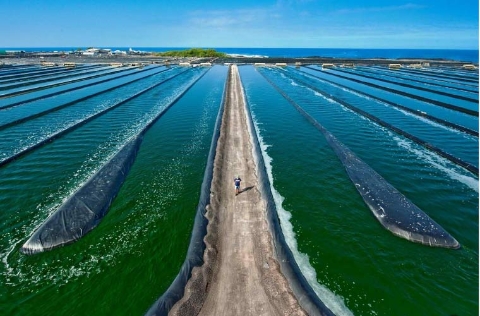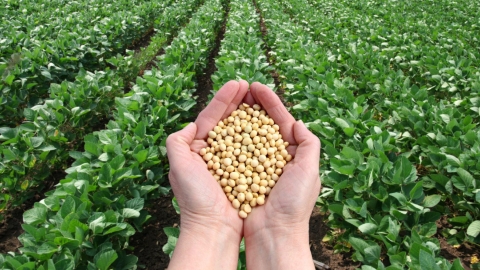
Microalgae are regarded as a aquafeed ingredient of great potential owing to their excellent nutritional profile, high productivity, and remarkable environmental benefits. They represent a sustainable alternative to traditional ingredients such as fishmeal and fish oil, providing a complete source of protein that includes all essential amino acids.
In addition, they are rich in polyunsaturated fatty acids – among them the highly valued Omega-3 EPA and DHA – which are essential for health, as well as a wide range of vitamins, minerals and bioactive compounds that strengthen the immune system and contribute to animal wellbeing.
From an environmental standpoint, microalgae offer significant advantages over terrestrial crop alternatives. They act as carbon sinks by consuming CO2, can be cultivated using wastewater or saline water, and require no arable land, thereby easing pressure on limited global resources. Their rapid productivity also allows for high-yield production in controlled systems.
Despite these benefits, the sector faces two major challenges: Firstly, the high production costs of microalgae remain uncompetitive compared with current fishmeal and fish oil prices, primarily due to the investment required for facilities and the costs of inputs such as CO2.
Secondly, many species possess rigid cell walls that substantially reduce nutrient digestibility in aquatic animals, potentially leading to lower growth rates in fish unless costly pre-treatment methods are applied.
To overcome these barriers, research and development are now focusing on solutions that enhance efficiency and reduce costs.
The future of microalgae in aquaculture will depend on the adoption of advanced technologies, such as genetic engineering to improve yield, and the implementation of Artificial Intelligence and the Internet of Things to optimise cultivation.
Furthermore, the industry must develop and scale up cost-effective pre-treatment methods – such as efficient milling or fermentation – to break down those rigid cell walls and ensure that the full nutritional value of the microalgal biomass is available ot the fish.



